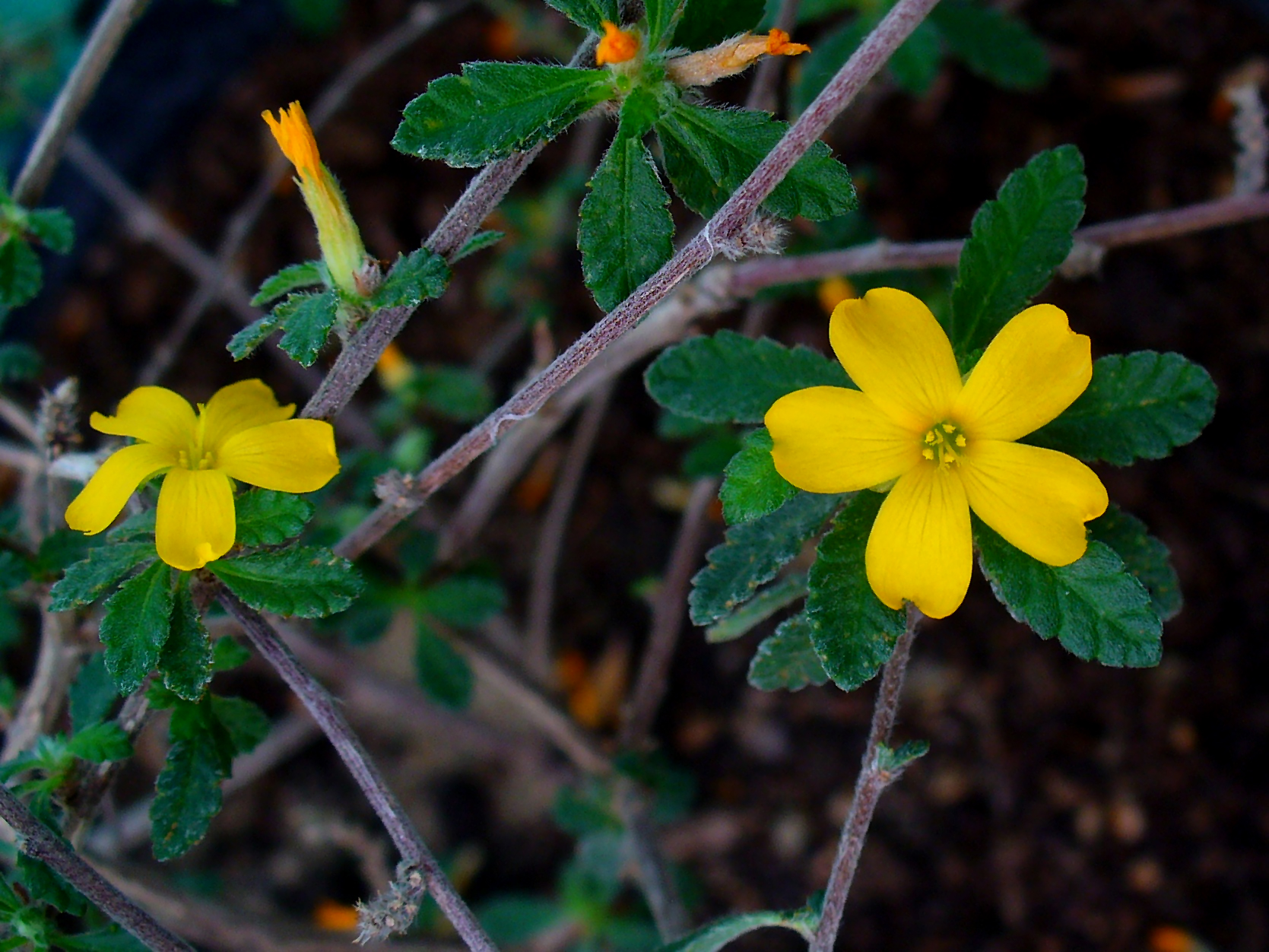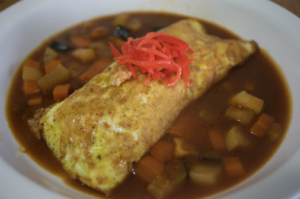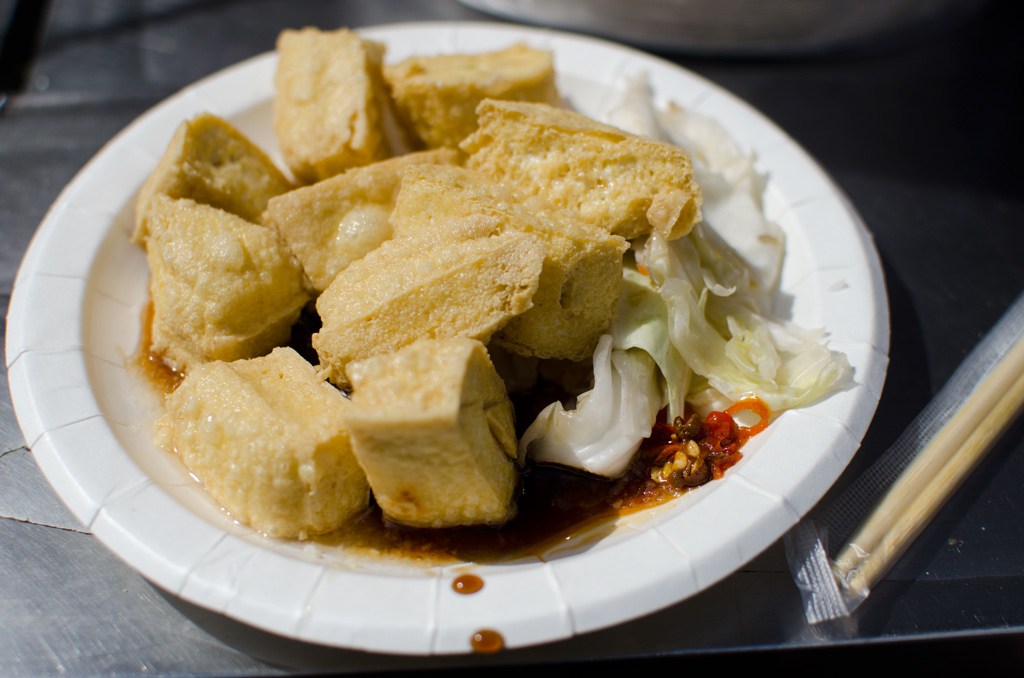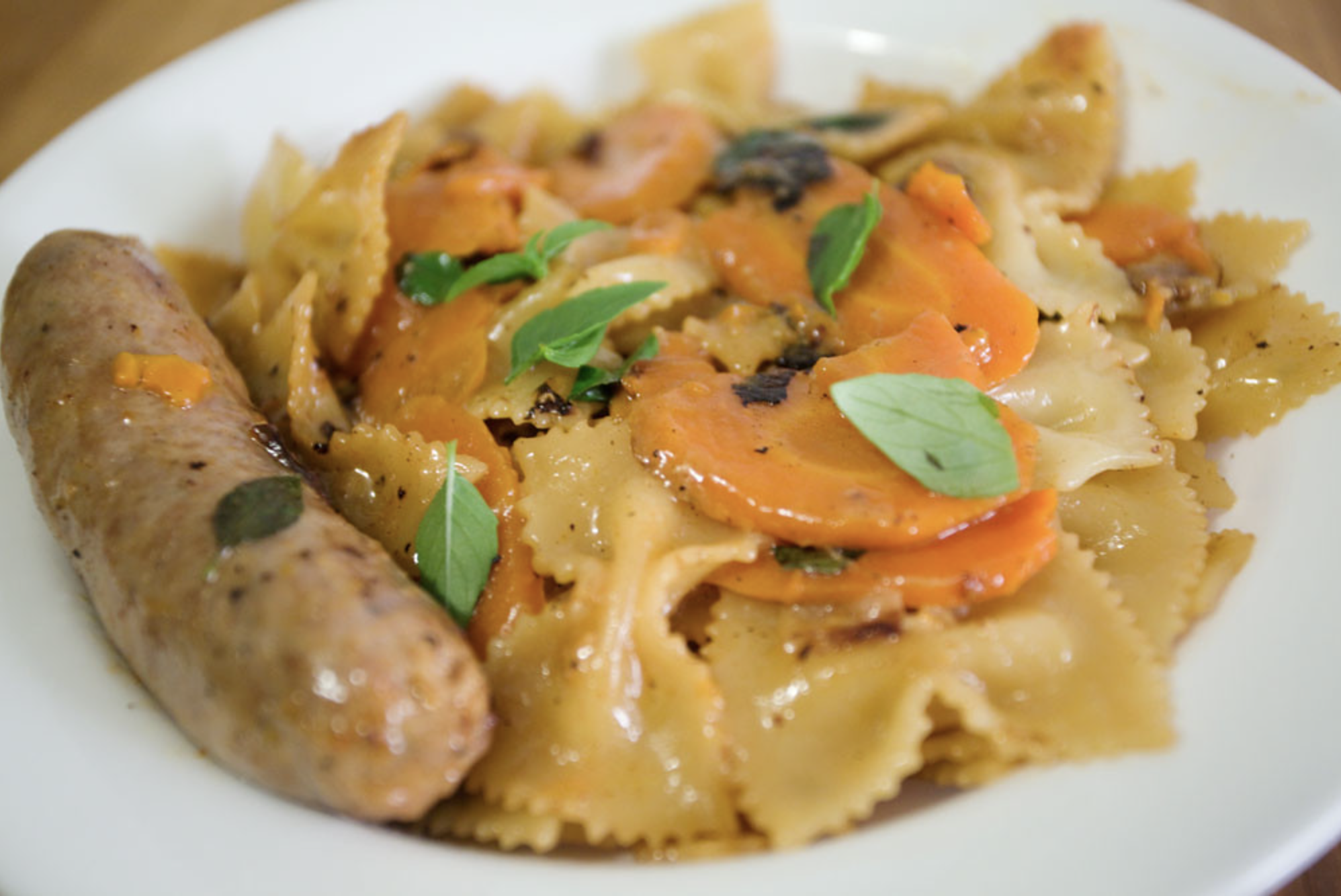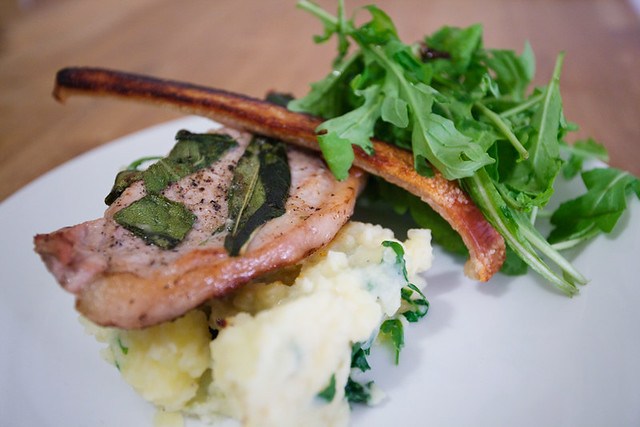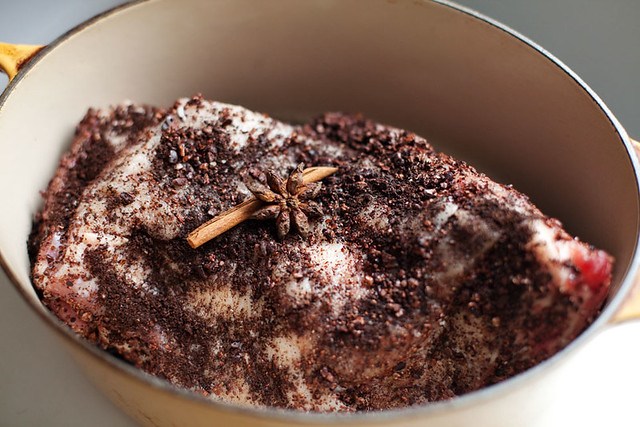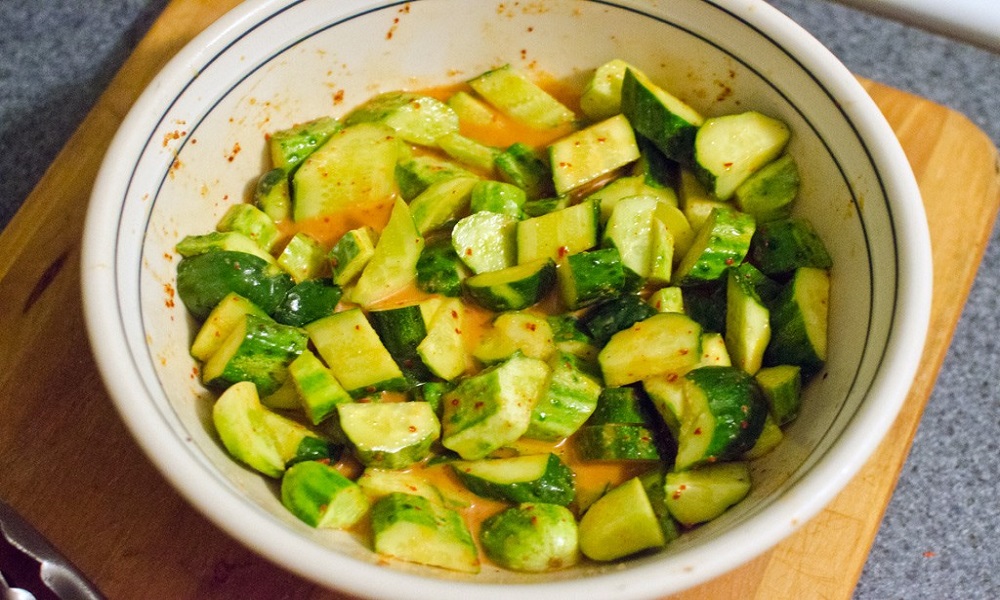The wild shrub that grows quietly across Mexico’s mountainous terrain carries secrets older than the conquistadors. Damiana has whispered through indigenous communities for centuries, its small yellow flowers harboring a reputation that now echoes through Baja California’s finest kitchens.
While tourists chase agave trails, locals sip something entirely different. Damiana liqueur flows like liquid folklore through Valle de Guadalupe’s wine bars, carrying the essence of a plant that indigenous peoples have treasured as nature’s own aphrodisiac.
Chef Esteban Lluis transforms this ancient botanical into contemporary art at his Michelin-starred Damiana Restaurante. The venue earned its star not just for technique, but for celebrating ingredients that most fine dining ignores. Lluis weaves damiana into desserts and cocktails, bridging the gap between folk wisdom and culinary innovation.
The restaurant’s pumpkin crème brûlée incorporates damiana’s subtle herbal notes, while their signature cocktails showcase the plant’s natural complexity. Each dish tells the story of Baja California’s landscape—from Pacific coastline to desert highlands where damiana thrives wild.
Scientific evidence for damiana’s aphrodisiac properties remains thin, but cultural conviction runs deep. People in Mexico have used Damiana in tea for centuries, which documents the plant’s traditional role in indigenous communities. The plant contains flavonoids and caffeine-like compounds that may influence mood, though researchers caution against expecting miraculous results. What matters more is how damiana connects diners to place and tradition.
Valle de Guadalupe’s bartenders craft damiana margaritas steeped in local legend. Some claim the original margarita incorporated damiana liqueur rather than triple sec, though this remains folklore rather than documented fact. What’s certain is how the drink represents something deeper—a region reclaiming its botanical heritage through modern mixology.
The trend extends beyond single restaurants. Across Mexico’s wine country, damiana appears in everything from artisanal chocolates to small-batch liqueurs. Local producers harvest the herb sustainably, respecting both tradition and terroir.
For travelers seeking authentic Mexican flavors, damiana offers an alternative narrative. Beyond Damiana Restaurante, Valle de Guadalupe’s wine bars and tasting rooms increasingly feature damiana cocktails—from the craft cocktail scene in nearby Ensenada to seasonal festivals preserving heritage. This botanical renaissance mirrors global movements where chefs worldwide—from Saudi Arabia’s female culinary leaders preserving traditional ingredients to Valle de Guadalupe’s innovators—are rediscovering ancestral flavors through modern techniques. Instead of following crowded tequila tours, visitors can explore the quieter story of a plant that connects contemporary cuisine to ancient wisdom—one carefully crafted cocktail at a time.


